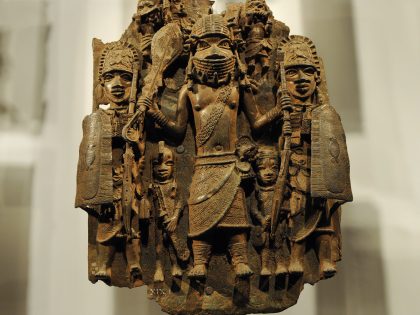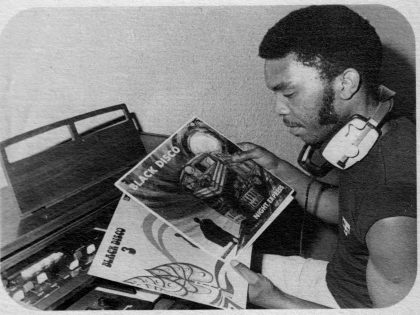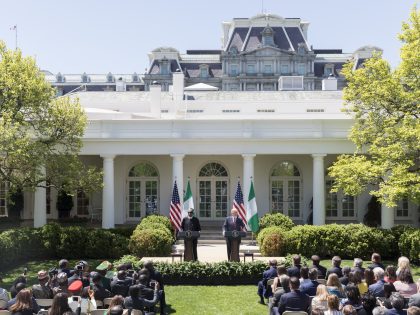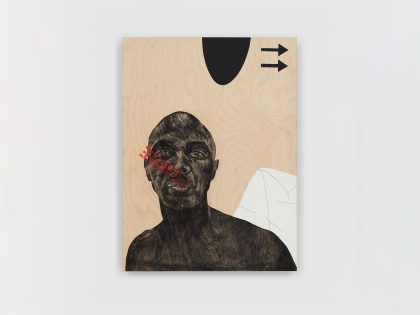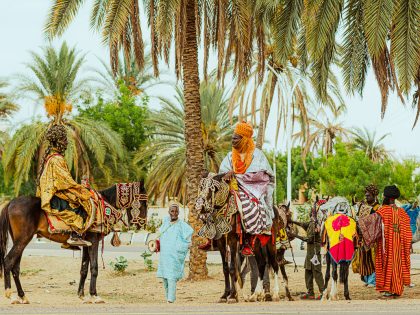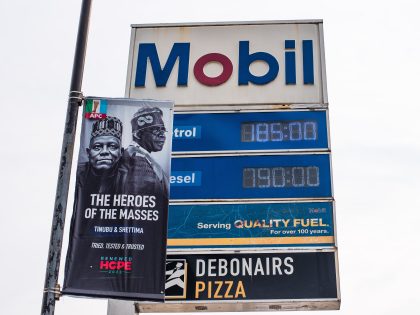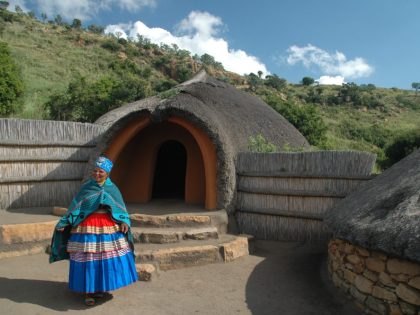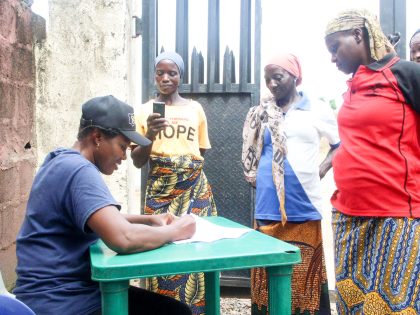Breaking down self-imposed borders
Ten Harlem-based artists and ten Columbia University students work together for the month-long exhibition, "Bridging Boundaries: Redefining Diaspora."

An excerpt from Bayeté Ross Smith's "Our Kind of People."
In her series, “Our Kind of People,” the Harlem-based artist Bayeté Ross Smith examines how clothing, ethnicity, and gender affect our ideas about identity, personality, and character. Devoid of any context for assessing the personality of the individual in the photograph, each photograph forces the viewer to face his or her own cultural biases. Ross Smith was one of ten Harlem-based artists and ten Columbia University students working together across diverse mediums, interests and cultural backgrounds for the month-long exhibition, “Bridging Boundaries: Redefining Diaspora” through much of February and early March.
The project was curated and organized collaboratively between the Columbia University African Students’ Association, the student-run Postcrypt Art Gallery and Art in FLUX, a community organization that regularly produces pop-up galleries throughout Harlem.
With pieces engaging with the African Diaspora, conceived both as the historic fragmentation and redistribution of individuals from the Continent as well as with respect to the more universally shared experience of dislocation, “Bridging Boundaries: Redefining Diaspora” fostered inclusive conversations about racial and cultural identity.
The whole idea was to begin a dialogue about breaking down self-imposed borders built around ideas of identity and community, between the artists and students.
A number of other events complemented the exhibition. Ranging from a discussion on Hip-Hop and Identity and a spoken word salon to an interdisciplinary academic panel (where AIAC’s Sean Jacobs spoke) and performance art showcase, these events also brought various groups into the gallery space, ultimately exposing various communities to different disciplines of artistic production.
Ross Smith’s paired student artist Emma Sulkowicz similarly used the photographic medium in her artwork, “You Made Me This,” a series of photographs that captures two of Sulkowicz’s friends, each of mixed ethnic and cultural heritage, in unique urban settings. As an individual of Japanese, Chinese and Polish heritage herself, Sulkowicz’s work was a means of self-exploration in the meaning of being “half-this and half-that.”
A series of complex and highly detailed illustrations, student artist Marcus Hunter’s works are categorized under the title Negrotude, adapted from the early 1930s Francophone literary and intellectual movement Négritude. Hunter’s Negritude borrows from this tradition by representing the dyadic opposition between blacks and white quite literally, emphasizing the stark contrast between black and white on the page and the subject’s fluid, and sometimes indistinguishable occupation of positive and negative space.
Though Hunter’s collaborative counterpart—Senegalese artist Ibou Ndoye, integrates much more color in his work, there is a similar use of distinct and defined lines in his featured piece. Entitled “Welcome Mat,” Ndoye’s installation consists of a painted carpet and painted shoes, directly referencing a scene ubiquitous to the lives of many individuals in the Diaspora that the artist has encountered. Specifically referencing Ndoye’s personal experiences with Senegalese immigrants settled in Harlem, this piece communicates the underlying notions of faith and goodwill integral to any undertaking of genuine community building—a sentiment that resonates with the “Bridging Boundaries: Redefining Diaspora” exhibition as a whole.

